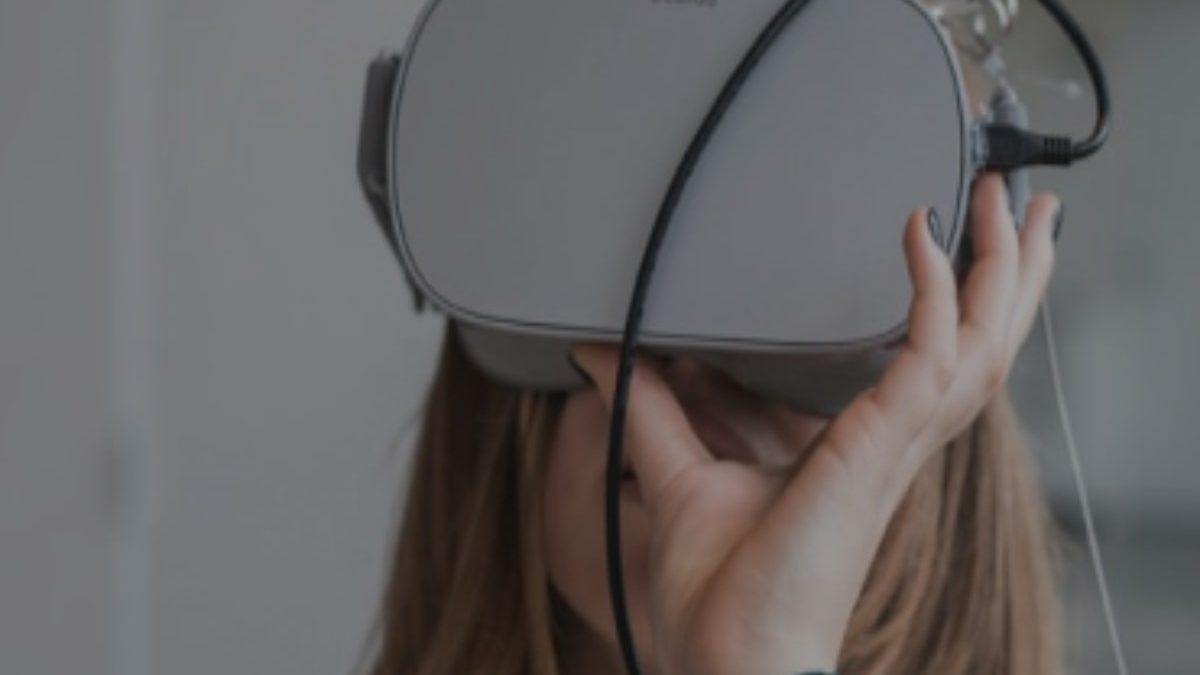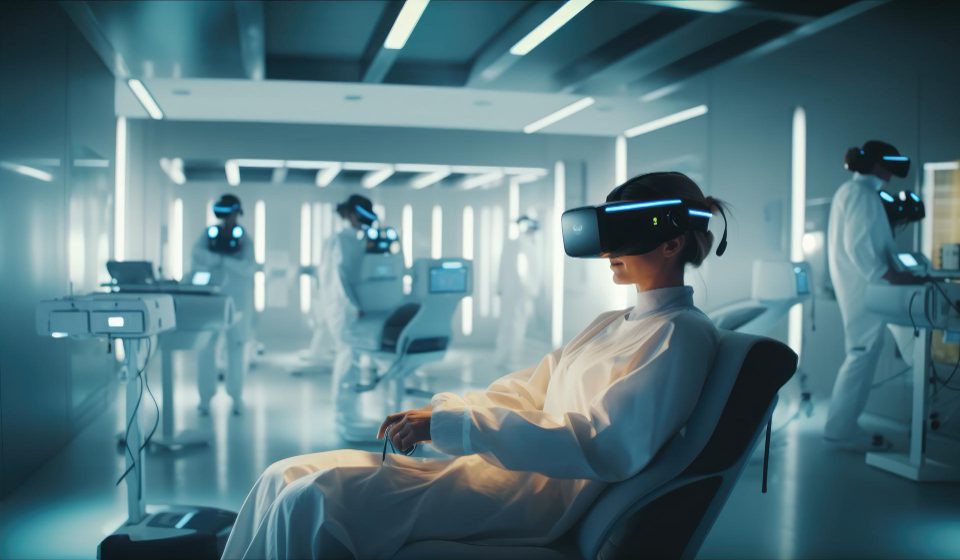The landscape of medical training and education is undergoing a significant transformation, propelled by the integration of Extended Reality (XR) technologies. XR, encompassing Virtual Reality (VR), Augmented Reality (AR), and Mixed Reality (MR), presents an innovative approach to healthcare education, offering immersive and interactive experiences that traditional methods cannot match. This article delves into how XR technologies are revolutionizing medical training, their advantages, challenges, and future prospects, aiming to provide a comprehensive understanding of this technological leap.
The Emergence of XR in Medical Training
Extended Reality in medical training marks a shift from passive learning methodologies to an active, engaging educational experience. XR technologies create simulated environments or enhance real-world settings with digital information, allowing medical students and professionals to practice procedures, diagnose conditions, and understand human anatomy without risking patient safety. This immersive learning not only enhances the acquisition of practical skills but also deepens the understanding of complex medical concepts.
Virtual Reality in Surgical Training
VR, a cornerstone of XR, has been instrumental in surgical training. It enables learners to enter a 3D virtual environment where they can practice surgeries on virtual patients. Programs like the Virtual Reality Surgical Simulator (VRSS) provide realistic scenarios that mimic the pressure and unpredictability of actual operations. This hands-on experience is invaluable, as it allows for repeated practice without the ethical and logistical constraints of traditional training on cadavers or live patients.
Augmented Reality for Anatomy and Diagnostics
AR's potential in medical education lies in its ability to overlay digital information onto the physical world, offering a unique visual perspective of the human body. Medical students can use AR to visualize anatomical structures in 3D, directly on their own or peers' bodies, enhancing their understanding of spatial relationships within the human anatomy. Furthermore, AR applications assist in diagnostic procedures, allowing practitioners to visualize veins, muscles, and organs without making an incision.
Advantages of XR in Healthcare Education
- Enhanced Learning Experience: XR offers an immersive and interactive learning environment, improving comprehension and retention of complex medical information.
- Risk-free Practice: It provides a safe platform for students to practice surgeries and diagnostics without the fear of harming patients, thereby reducing anxiety and building confidence.
- Accessibility and Scalability: Virtual simulations and augmented manuals can be accessed from anywhere, making medical education more accessible and scalable.
- Customizable Learning Paths: XR applications can adapt to individual learning styles and speeds, offering personalized education experiences that traditional methods cannot.
Challenges and Limitations
Despite its advantages, the adoption of XR in medical training faces several challenges:
- High Costs: Developing and implementing XR technologies requires significant investment in hardware and software, potentially limiting access for underfunded institutions.
- Technical Limitations: Issues such as latency, resolution, and user interface design can detract from the immersive experience and hinder learning.
- Need for Specialized Content: Effective XR training programs require high-quality, accurate medical content, demanding resources for development and regular updates.
- Adoption Barriers: Resistance to change among faculty and institutions accustomed to traditional teaching methods can slow down the integration of XR technologies.
Future Prospects
The future of XR in medical education is bright, with ongoing advancements addressing many of its current limitations. The development of more affordable and accessible XR technologies promises wider adoption, while improvements in hardware and software aim to enhance the user experience. Furthermore, the integration of artificial intelligence with XR could lead to even more personalized and effective learning environments.
Collaboration and Standardization
For XR to reach its full potential in healthcare education, collaboration among educational institutions, technology developers, and healthcare providers is crucial. Establishing standards for XR content and ensuring its medical accuracy will also be key in maintaining the quality and effectiveness of XR-based training.
Conclusion
Extended Reality is setting a new standard for medical training and education, offering immersive, interactive experiences that enhance learning and skill acquisition. While challenges remain, the advantages of XR technologies in creating a safe, accessible, and effective educational environment are undeniable. As technology advances and adoption grows, XR is poised to revolutionize healthcare education, preparing a new generation of medical professionals equipped with unparalleled skills and knowledge.


